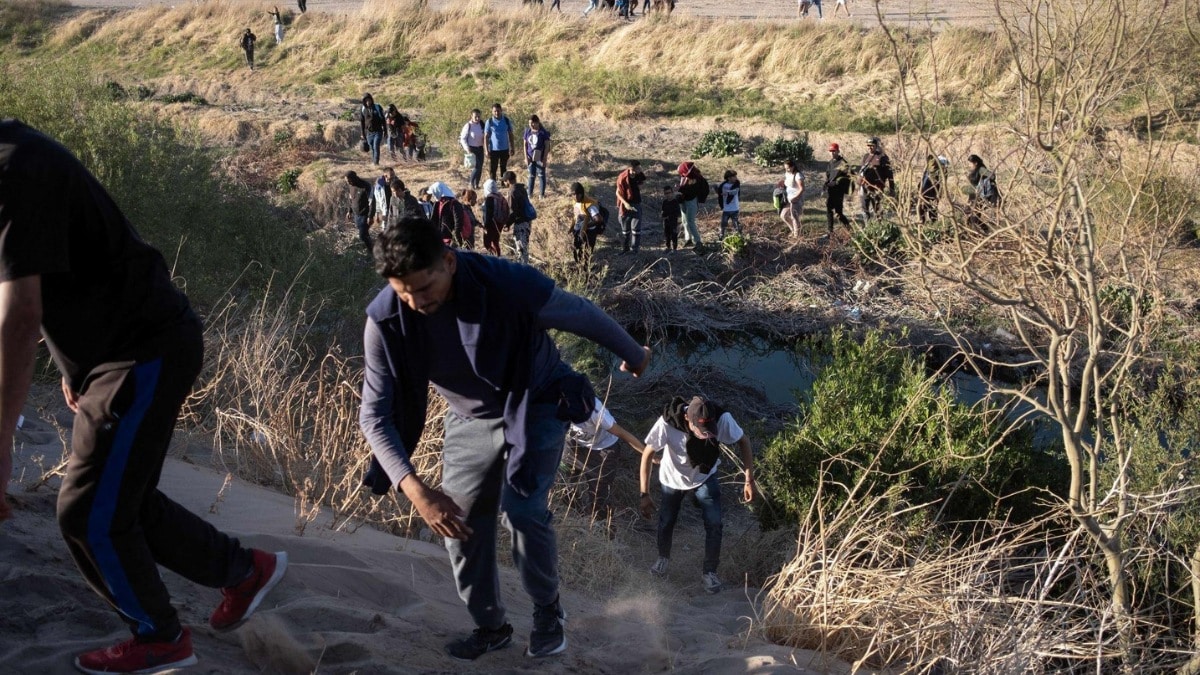
The United States and Mexico have reached a migration deal just as the deadline for Title 42, a controversial public health order that has led to the expulsion of thousands of asylum-seekers, approaches. The agreement, which was announced on April 20, 2023, aims to address the root causes of migration from Central America and create more orderly and humane pathways for people seeking protection.
Background on Title 42 and its Impact on Asylum-Seekers
Title 42, a public health order implemented by the Trump administration in March 2020, has allowed the US government to rapidly expel migrants, including asylum-seekers, at the border without a hearing or opportunity to apply for protection. The order was put in place under the guise of preventing the spread of COVID-19, but critics argue that it is a pretext for implementing a hardline immigration policy.
Since its implementation, Title 42 has resulted in the expulsion of over 1.5 million people, many of whom are fleeing violence, persecution, and poverty in their home countries. The policy has been widely criticized by human rights groups and legal experts, who argue that it violates US and international law by denying people the right to seek asylum and putting them at risk of harm.
The US-Mexico Migration Deal and its Key Points
The new migration deal between the US and Mexico seeks to address the root causes of migration from Central America by investing in the region’s economic and social development. The two countries have committed to working together to create more opportunities for people in the region, including through job training, education, and infrastructure development. The deal also includes provisions to improve border security and increase cooperation between the two countries’ law enforcement agencies. This includes joint efforts to combat human trafficking and drug smuggling, as well as increased information-sharing and coordination on border management.
The two countries have agreed to work together to expand access to asylum and other forms of protection for those who qualify. This includes increasing staffing and resources at border entry points, as well as providing more support for asylum-seekers throughout the process.
The Potential Implications of the Migration Deal
While the US-Mexico migration deal represents a significant shift in policy from the Trump administration’s hardline approach, it remains to be seen how effective it will be in practice. The root causes of migration from Central America are complex and deeply entrenched, and addressing them will require sustained and substantial investments in the region’s development.
Additionally, there are concerns about the potential for increased enforcement and border security measures to further restrict access to protection for those who need it. While the migration deal includes provisions for expanding access to asylum, it also includes commitments to increase enforcement and border security, which could make it more difficult for people to seek protection.
Overall, the US-Mexico migration deal represents an important step towards addressing the root causes of migration from Central America and creating more orderly and humane pathways for people seeking protection. However, its success will depend on sustained and substantial investments in the region’s development, as well as a commitment to upholding the rights of asylum-seekers and protecting vulnerable populations.